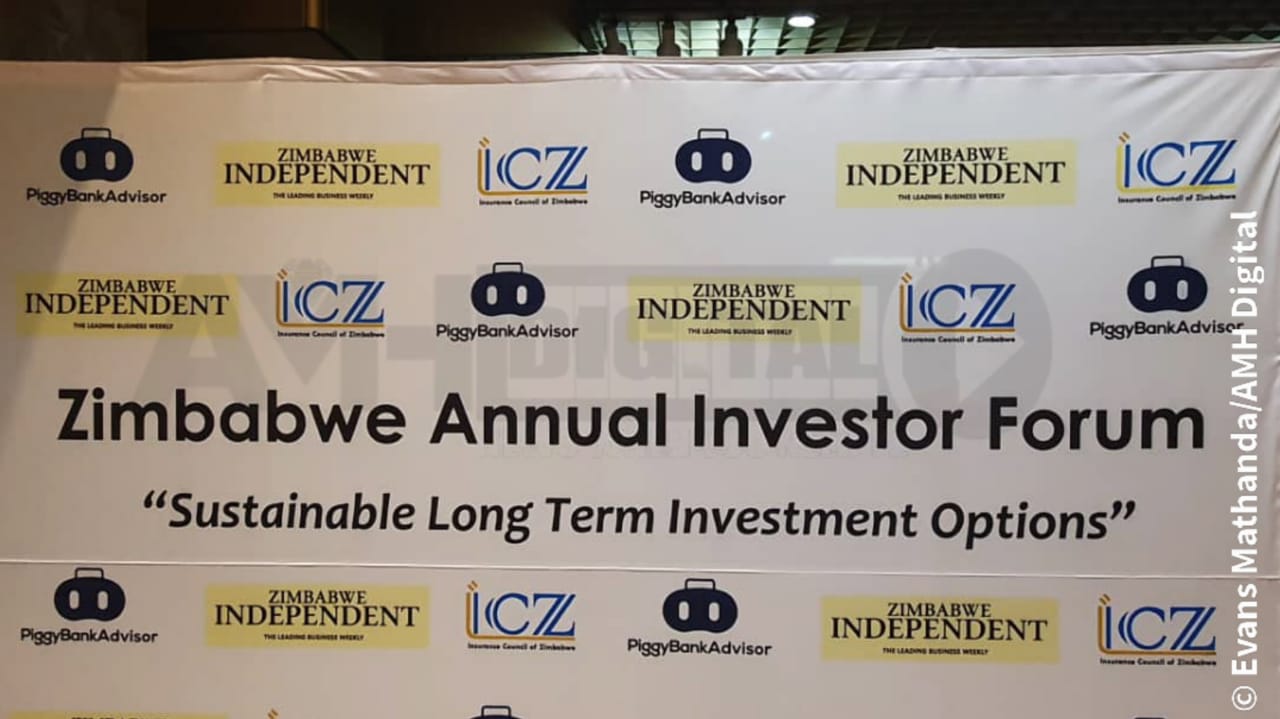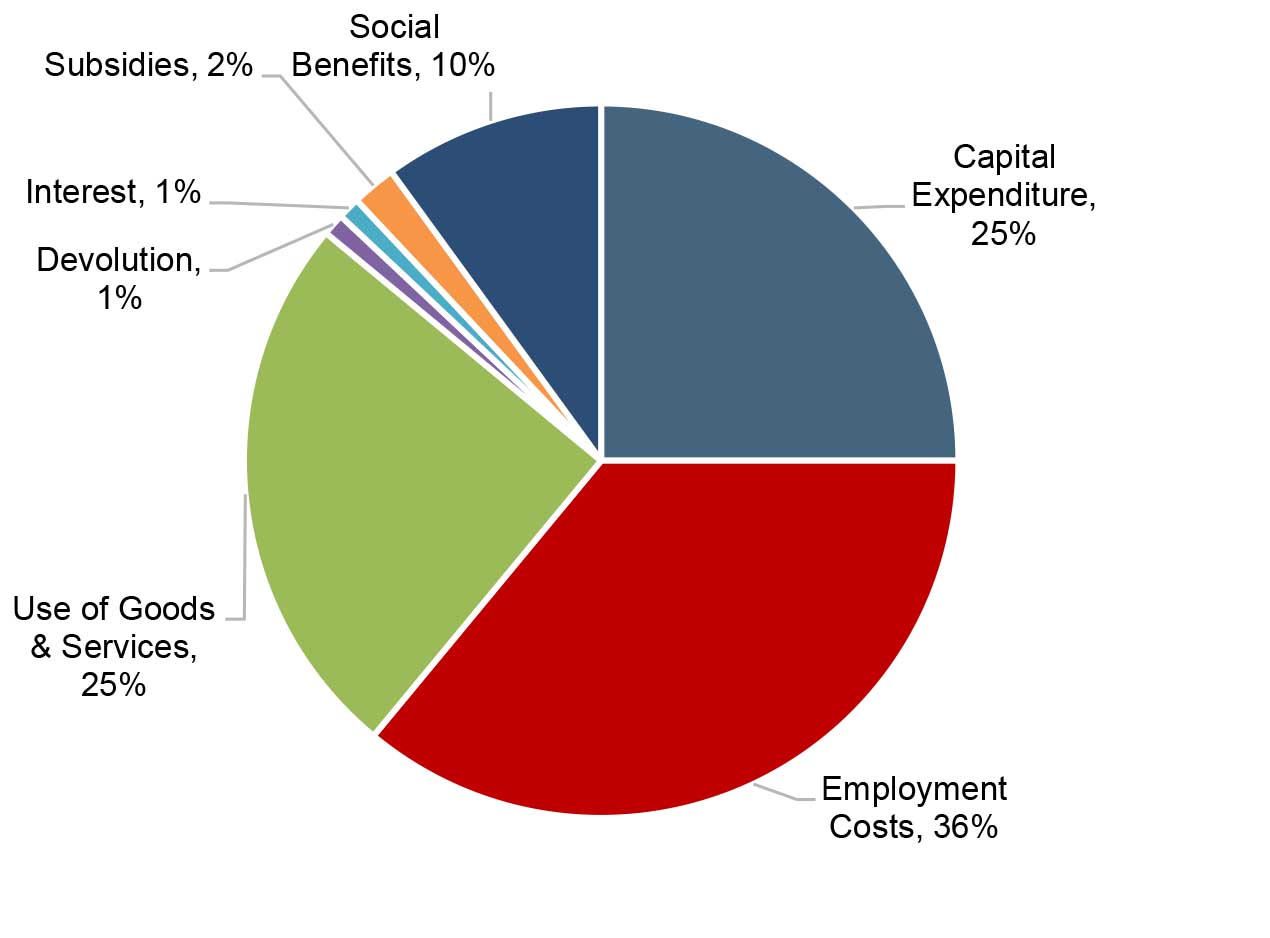
Respect Gwenzi The auction market, which has been the anchor of open market foreign currency exchange in Zimbabwe, registered its sharpest loss since June 2020, after the Zimbabwean dollar crashed by almost 50% in Tuesday’s auction.
For perspective, the auction market had lost a cumulative 47% since the beginning of the year, which means that the current week’s loss alone is higher than the overall loss suffered since the beginning of the year until last week. Such a loss outside of a significant market shock is unimaginable in the context of trends and the assumption that the exchange market was free market determined.
The 50% decline suffered this week is, however, not as shocking. It is in line with the assertion that we have repeatedly made for over a year, that the auction market was not market-driven, but determined by the RBZ.
This week the RBZ decided to let loose and let the currency devalue at levels closer to the interbank and the parallel market. This assertion however implies that the market is still not liberal and the Bank retains control of the prevailing rate. This was the position at the point in June 2020, when the auction market was restarted and the rate let loose to some extent.
At the respective point the RBZ allowed a devaluation of the currency at levels about 30% off the parallel market. The only difference now is that there is a third-tier currency market, the interbank and there is a change in legislation in terms of the exchange rate at which export surrender funds are exchanged.
These are fundamental changes which have an impact on the overall currency market in Zimbabwe. Slightly over a fortnight ago, the government introduced a raft of measures designed to stabilise the economy by targeting the currency market. Among the measures was the move to increase the levels of value traded per transaction on the interbank market and the use of the interbank rate as a reference point for the conversion of export surrender funds by exporters.
The increase in the size of funds permitted to trade per individual trade on the interbank market, increases the market’s price discovery chances, thus making the attendant exchange rate emerging from the market more reliable as a market rate. The market is a typical willing-buyer-willing-seller one. The value of trades permitted are however still very low and will need to be increased further to achieve optimal price discovery.
Presently, the interbank market ranks lowest in terms of funds traded through it. According to the RBZ’s 2021 full year data , the interbank market traded only US$310 million, which compares to US$1,97 billion for the auction market and US$4,4 billion from direct Foreign Currency Accounts payments. This shows that the auction market will need to attract more activity in order to assert its role as a market discovery channel.
- Chamisa under fire over US$120K donation
- Mavhunga puts DeMbare into Chibuku quarterfinals
- Pension funds bet on Cabora Bassa oilfields
- Councils defy govt fire tender directive
Keep Reading
Importance of price discovery Price discovery is a key element of a sustainable exchange rate mechanism. It is the norm in free markets and allows for more fluid trade between the country and the rest of the world. In the case of Zimbabwe, the auction market, which presently remains the official market, thrives on the strength of the RBZ.
The RBZ is both a player on the market and a regulator and its role as a player is more pronounced because it is the biggest supplier on the market. The last time the Bank supplied data on trades, it showed that the Bank accounted for at least 40% of the overall value traded on the auction market.
As the dominant supplier, the RBZ influences the price at which forex is sold. The Bank uses its muscle to satisfy very low bids thus dis-incentivising top bids, or raising the rate in future auction trades. As a consequence auction bids have remained low, because intuitively bids are kept low, on the confidence that the Bank will come in and supply at low rates.
The RBZ’s motivation on low bids The RBZ has an incentive to satisfy very low bids. The act of satisfying low bids keeps prices in the economy low, thus averting inflationary pressure and achieves a dressed currency stability.
The crux of the matter is the ability of the RBZ to surrender forex from exporters at the rate which it would have set in the last auction. The cycle keeps repeating itself, but with loopholes, it was bound to fail. The major challenge with the model the RBZ was pursuing is that it left a gap in terms of remittances, which now account for about 20% in foreign receipts into the country. Remittances and other free funds are major sources of funding for the parallel market.
Further the parallel market thrives on the failure by the auction market to satisfy or accommodate all parties requiring foreign currency for import in the country. The country has a relatively huge bill of import and its economy is now largely equally split between the formal and informal markets.
A majority of the informal market players accesses forex on the parallel market and accordingly price their products using the parallel exchange rate as a reference.
While the auction market was stifling the rate due to RBZ’s influence, the parallel market was freely moving. A debate on whether the latter is the true reflection of the exchange rate is for another day but this market has had the most influence on pricing of goods and services in the economy, which makes it more important.
The emergence of the interbank and its increased influence in price discovery will likely slow down the rate at which the parallel rate moves, all else being stable. Generators of foreign currency are incentivised to trade more of their forex at a rate which is not determined by the RBZ but rather by market participants. This also diminishes the allure of the parallel market although it will remain a key player in the market, given the structure of the economy.
Future of the auction market This week’s auction rate movement is a strong vindication to our earlier position on the RBZ’s market manipulation. A retention of the market and its separation from the interbank, shows that the state is determined to retain control of how forex is distributed and its price, to some extent.
This is an indication that the RBZ and government have no confidence in market economics and are afraid that the exchange rate may bolt out of control if let to be fully determined by private participants. There is first the fear of an exchange rate run and the desire to allocate forex to its dictates, which is part of a corrupt and inefficient system of governance the country has retained for over two decades.
With RBZ controlling the auction market, it retains discretion of who gets an allocation and the government itself benefits from the cheaper funding. The funds are cheaper, more so now because the subsidy is glaringly evident.
RBZ will be buying forex at the interbank rate at a rate which is relatively higher. At the current levels the interbank rate is at least 15% above the auction rate. So, if RBZ is to buy forex from the interbank market at price points which are 15% above the auction market, where it dispenses all of the funds it buys from the former, it results in the Bank paying a premium and this premium will be matched by either new money printed or issued Treasury Bills, which makes it unsustainable.
- Gwenzi is a financial analyst and MD of Equity Axis, a financial media firm offering business intelligence, economic and equity research. — [email protected]











